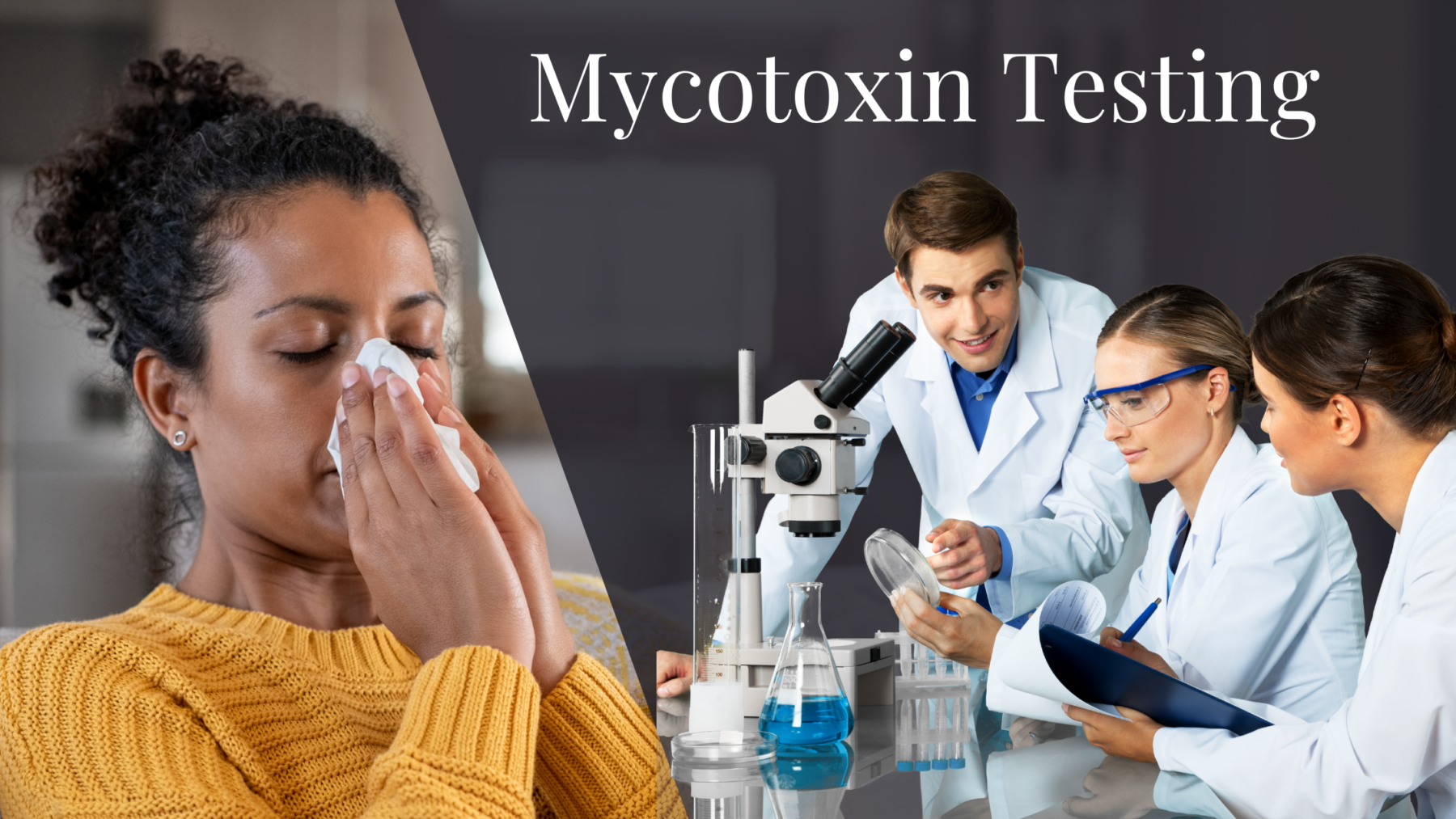Understanding the Value of Reputable Mycotoxin testing Services
Understanding the Value of Reputable Mycotoxin testing Services
Blog Article
Just How Mycotoxin Testing Assists Stop Contamination and Safeguard Food Supplies

Mycotoxin testing is an important technique in the food sector, serving as a frontline protection versus contamination by damaging contaminants created by molds. Through the application of innovative strategies like High-Performance Liquid Chromatography (HPLC) and Liquid Chromatography-Mass Spectrometry (LC-MS), food producers can accurately measure and find mycotoxin levels in farming products.
Comprehending Mycotoxins
Understanding mycotoxins begins with recognizing that they are toxic secondary metabolites generated by certain molds, which can pollute farming products. These metabolites are not vital for the development or reproduction of the fungis yet can have extreme ramifications for animal and human health and wellness. Mycotoxins are commonly discovered in staple plants such as corn, wheat, barley, and nuts, where they can multiply under certain problems of wetness and temperature.
There are numerous kinds of mycotoxins, each generated by different fungal species. Fusarium varieties produce trichothecenes and fumonisins, both of which are linked with various acute and persistent health and wellness concerns.

Dangers of Mycotoxin Contamination
The risks of mycotoxin contamination are diverse, presenting substantial threats to both food safety and public health. Mycotoxins, toxic compounds produced by particular types of fungi, can contaminate a wide array of agricultural products including cereals, nuts, seasonings, dried fruits, and coffee.
Financial influences are an additional significant problem. Contaminated crops can cause considerable monetary losses for farmers and food producers as a result of minimized returns and the need for pricey purification procedures. In addition, international profession can be dramatically hindered as countries enforce rigorous mycotoxin policies to protect their populations, resulting in denied shipments and strained trade relationships.
Environmental elements such as climate modification intensify the danger of mycotoxin contamination. Variants in temperature and humidity can produce beneficial problems for fungal development, raising the possibility of contamination events. Hence, understanding and mitigating these threats are critical for guaranteeing the safety and integrity of worldwide food supplies.
Techniques of Mycotoxin Evaluating
Accurately determining mycotoxin contamination in agricultural items is essential for guarding public wellness and keeping food safety and security criteria. Various techniques are employed to discover and evaluate mycotoxins, each offering particular benefits and limitations.
High-Performance Liquid Chromatography (HPLC) is a commonly utilized method because of its high level of sensitivity and precision. It includes separating mycotoxins from various other substances in an example, allowing exact metrology. Fluid Chromatography-Mass Spectrometry (LC-MS) combines fluid chromatography with mass spectrometry to supply comprehensive molecular info, making it especially valuable for recognizing several mycotoxins all at once.

Gas Chromatography-Mass Spectrometry (GC-MS) and Thin-Layer Chromatography (TLC) are additionally used, each with special applications. GC-MS works for unstable mycotoxins, while tender loving care uses an easier, cost-efficient option for initial testing.
Benefits of Regular Examining
Routine testing for mycotoxins in agricultural products offers numerous benefits, dramatically adding to public health and wellness and food security. By determining contamination early, routine screening aids stop the distribution of poisonous foods, thus minimizing the risk of mycotoxin-related illnesses among customers. This positive technique not only safeguards human health and wellness however likewise enhances the general high quality of food materials.
Different nations and regions have actually established rigorous restrictions for mycotoxin degrees in food and feed. hop over to here Adhering to these restrictions via normal testing makes certain that providers and manufacturers satisfy legal requirements, consequently staying clear of penalties and profession obstacles.
In addition, regular mycotoxin screening can cause significant economic benefits. Early discovery of contamination enables prompt intervention, lowering potential losses from extensive contamination. Carrying out normal screening procedures can likewise decrease recall expenses and relevant responsibilities, which can be economically devastating.
Moreover, routine testing offers beneficial information that can inform far better agricultural techniques and storage space conditions. By understanding patterns of contamination, manufacturers can take on safety nets, thus contributing and minimizing future threats to the sustainability of the food supply chain.
Implementing Evaluating Methods
Carrying out efficient mycotoxin screening procedures is important for ensuring the security and quality of farming products. Each phase has to be looked at to pinpoint where mycotoxin contamination is most likely to happen.
When critical control points are recognized, choosing ideal testing approaches is crucial. Usual strategies include enzyme-linked immunosorbent assay (ELISA), high-performance liquid chromatography (HPLC), and mass spectrometry (MS) Each method has its weaknesses and strengths; therefore, selecting the appropriate one depends on the particular mycotoxin being tested, the needed sensitivity, and offered sources.

Last but over at this website not least, integrating the testing methods into an extensive food safety and security management system is suggested. This enhances traceability and allows swift corrective actions when contamination is detected, thus protecting the stability of the food supply chain.
Verdict
Mycotoxin screening is necessary in stopping contamination and guarding food products by allowing early detection of harmful contaminants generated by mold and mildews in farming items. Advanced methods such as HPLC and LC-MS ensure compliance with safety guidelines and protect customers from health and wellness risks. Regular screening enhances brand name online reputation, monetary security, and rely on food safety and security by minimizing contamination-related losses and preserving high requirements in food production. Applying strenuous testing methods is hence essential for the industry's general health.
Mycotoxin screening is an indispensable technique in the food industry, offering as a frontline protection against contamination by hazardous toxic substances produced by molds. An integrated approach including farming techniques, storage management, and normal testing can alleviate the threats linked with mycotoxin contamination, making sure food security and public wellness.
The dangers of mycotoxin contamination are multifaceted, posturing significant dangers to both food safety and security and public health and wellness.Regular screening for mycotoxins in farming items supplies various benefits, considerably adding to public health and food safety.Mycotoxin screening is essential in preventing contamination and guarding food materials by enabling early discovery of damaging toxic substances generated by mold and mildews in agricultural products.
Report this page